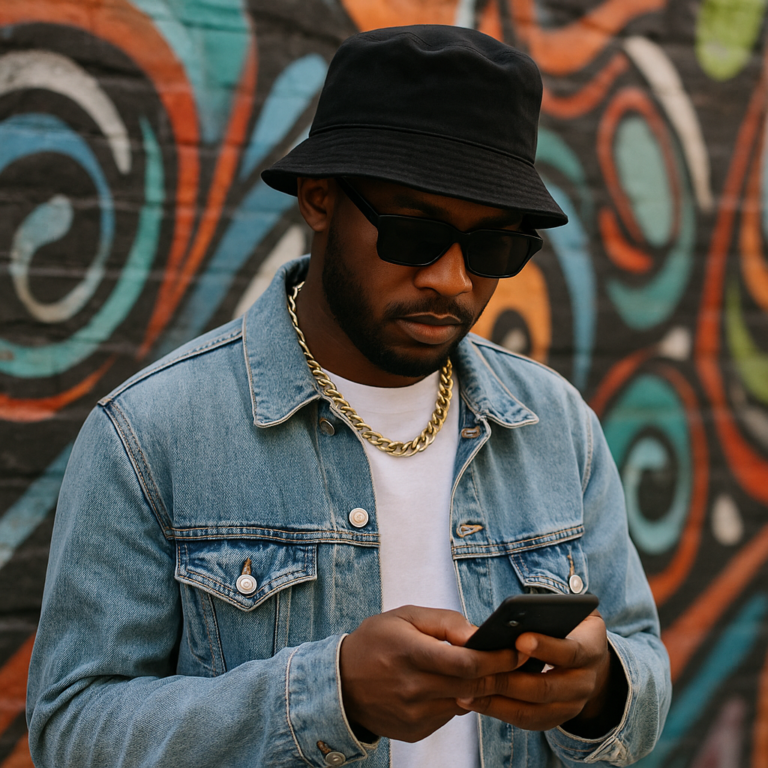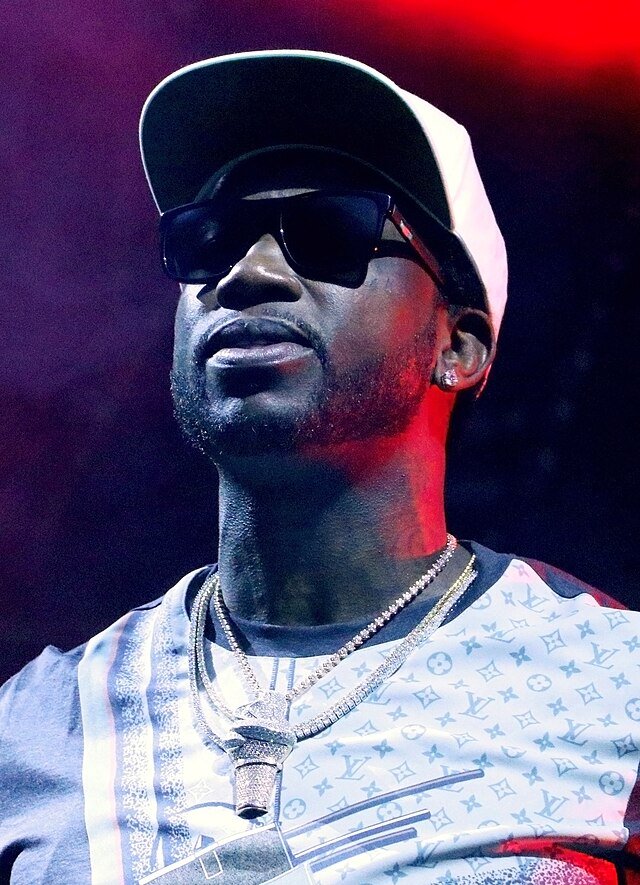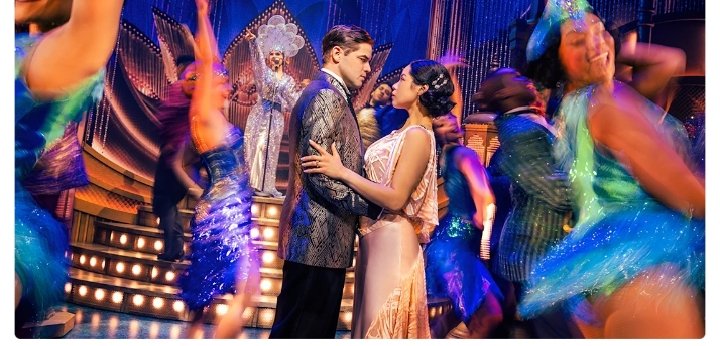How to Get Your Music Featured on AllHipHop.com
Break through the noise and land your music on one of hip-hop’s most influential platforms.
The Problem: Standing Out Is Hard
Thousands of artists drop music every day — and even with talent, it’s tough to get noticed. You’ve probably sent emails into the void, DMed editors, and hoped for a miracle. The truth? Getting on AllHipHop.com takes more than just good music — it takes strategy.
Why This Guide Is Different
Unlike other generic blog posts, we’re pulling back the curtain. At [Your Company Name], we specialize in helping independent artists pitch their music professionally, connect with real editors, and secure placements that matter. We’ve helped over 500 artists get featured across major platforms — including AllHipHop.com — and now we’re sharing our exact blueprint with you.
Best article windows-11-rajkotupdates-news-features-updates/
How to Get Your Music Featured on AllHipHop.com
• Step #1: Perfect Your Press Assets
Before reaching out, make sure you have:
- A professional press release
- High-quality promo photos
- A clean link to your music (Spotify, SoundCloud, or private link)
• Step #2: Understand the Platform’s Audience
AllHipHop.com leans into culture, current events, and hip-hop lifestyle — not just music. Make sure your story ties into something timely, relevant, or newsworthy. Are you addressing a community issue? Collaborating with a known artist? Use that angle.
• Step #3: Find the Right Contact
Instead of blasting every email you find, identify editors or contributors who cover artists like you. Personalize your pitch. Mention an article they wrote and why your music fits their vibe.
• Step #4: Write a Killer Pitch
Your email should be short, clear, and compelling. Include:
- Who you are
- Why you’re reaching out
- A link to stream your song
- Why it matters now
• Step #5: Follow Up the Smart Way
Wait 5–7 days before sending a follow-up. Keep it casual and respectful — editors are busy. A simple “Just wanted to circle back…” goes a long way.
Key Takeaways
To get featured on AllHipHop.com:
- Polish your materials (EPK, press release)
- Know the platform and what it values
- Pitch smart, not spammy
- Personalize and follow up professionall
- . 2 . List post
Music Promotion Strategies for Independent Artists
Getting your music heard is one of the biggest challenges for independent artists. With no major label backing, promotion can feel overwhelming — but the right strategies can get your sound in front of real listeners.
1. Leverage Social Media Like a Brand
It’s not just about posting — it’s about consistency, storytelling, and engaging with your audience. Create content that shows your personality, behind-the-scenes moments, and your journey. Use platforms like TikTok and Instagram Reels to boost organic reach.
2. Submit to Playlists (the Smart Way)
Spotify playlists are powerful for discovery. Don’t just rely on the official editorial ones — go after user-curated playlists and niche genre lists. Tools like SubmitHub or Groover help you reach curators directly, increasing your chances of placement.
3. Collaborate With Other Artists
Collabs aren’t just creative — they’re strategic. Partnering with artists in a similar genre helps you tap into each other’s fanbases. You both win: fresh content, cross-promotion, and broader reach.
4. Reach Out to Blogs and Music Sites
Sites like AllHipHop.com, HotNewHipHop, and niche music blogs can give your track real credibility. Craft a short, professional pitch, and include links to your song, press photos, and a brief artist bio.
5. Use Email Marketing to Build a Loyal Fanbase
Most artists skip this — and that’s a mistake. A fan’s inbox is a direct line that doesn’t rely on social algorithms. Start building your email list early and share exclusive updates, sneak peeks, and merch drops.
Conclusion and CTA
Promotion isn’t one-size-fits-all — but using a combination of social media, playlist pitching, smart collabs, blog outreach, and email marketing can help you build serious momentum as an independent artist.
3. Beginner’s guide
The Beginner’s Guide to Music Marketing
You’ve got great music — but no one’s hearing it. That’s the frustration for most independent artists today. Without a clear marketing plan, your songs can get lost in the noise. This guide breaks it all down step-by-step so you can start building real traction, even with a small budget.
What is Music Marketing?
Music marketing is the process of promoting your music to reach a wider audience, build your brand, and grow a loyal fanbase. It includes strategies like social media promotion, playlist pitching, email marketing, live shows, and partnerships with influencers or brands. The goal? Get your music in front of the right ears.
Types of Music Marketing
- Digital Marketing
Includes social media, YouTube, email newsletters, online ads, and content marketing.
- Streaming Platform Marketing
Involves getting on Spotify playlists, optimizing your artist profile, and engaging with fans via streaming platforms.
- Traditional Marketing
Covers print media, radio play, live events, and street team promotions — still powerful in certain genres or regions.
- Influencer & Collab Marketing
Partnering with influencers or other artists to tap into their audiences and co-create content.
Deep Dive: How to Market Your Music
Step 1: Define Your Brand
Who are you as an artist? What’s your story? Build a consistent brand across visuals, messaging, and tone that connects with your ideal listener.
Step 2: Optimize Your Socials
Make sure your bios, links, and content reflect your sound and vibe. Use short-form videos (like TikToks or Reels) to boost discovery. Engage, don’t just post.
Step 3: Build an Email List
Start collecting emails early. Offer something exclusive — like a free download or unreleased track — to get fans to sign up. Use this list to stay connected and promote releases.
Step 4: Pitch to Playlists
Use platforms like SubmitHub, Groover, or direct outreach to playlist curators. Focus on smaller, niche playlists first — they’re easier to land and can snowball exposure.
Step 5: Run Micro-Ads
Even $5–$10/day in targeted ads (Instagram, Facebook, YouTube) can push your track in front of thousands of new listeners — if your targeting is dialed in.
Bonus Tips for Music Marketing
- Network with intention: Attend open mics, DM other artists, and build real relationships — these can lead to powerful collaborations.
- Use analytics: Pay attention to what content performs best, where your fans live, and when they’re most active. Let the data guide your decisions.
- Stay consistent: Marketing is a long game. Keep showing up — even when engagement is low. Consistency builds trust.
Key Takeaway
Music marketing is essential — not optional. Start with the basics: build your brand, grow your presence online, and use tools like email and playlists to get traction.
. 4. Review post
DistroKid Review (2025 Update)
DistroKid remains one of the top digital music distribution services for independent artists in 2025. Known for its fast uploads, flat-rate pricing, and unlimited distribution model, it’s a favorite among DIY musicians looking to get their tracks on platforms like Spotify, Apple Music, and TikTok without breaking the bank.
DistroKid Key Features
- Unlimited Song Uploads
- Wide Distribution (150+ platforms)
- Revenue Splits for Collaborators
- Fast Publishing Speeds
- YouTube Content ID and Shazam Integration
- Extras like Cover Song Licensing & Promo Tools
1. Unlimited Uploads for One Annual Price
Unlike competitors that charge per release, DistroKid lets you upload unlimited singles, EPs, or albums for one annual fee — starting at $22.99/year. Great for artists with frequent releases.
2. Revenue Splitting Made Easy
If you collaborate with other artists or producers, DistroKid automatically splits streaming revenue among team members — with no math or manual payouts needed.
3. Fast, Reliable Distribution
DistroKid is known for lightning-fast delivery to stores. Many artists report their tracks hitting Spotify within 24–72 hours.
4. Bonus Features That Save Time
With tools like HyperFollow pages, social promo cards, and optional extras like YouTube Content ID or Store Maximizer, DistroKid makes it easy to grow your reach while staying organized.
Pros of DistroKid
• Affordable flat-rate pricing
• Unlimited uploads per year
• Easy collaboration tools
• Fast turnaround to stores
• Clean, user-friendly interface
• Trusted by top indie artists
Cons of DistroKid
• No built-in marketing or playlist pitching
• Upsells for features like YouTube monetization or store boosts
• No free tier or one-time payment option
• Limited customer support (email only)
Alternatives to DistroKid
If DistroKid isn’t the perfect fit, here are a few other options to consider:
- TuneCore – More expensive per release, but includes publishing and marketing tools.
- Amuse – Offers a free plan with basic distribution; great for hobbyists.
- CD Baby – One-time fee per release, includes sync licensing.
- [Your Product Name] – Our platform provides distribution and hands-on marketing support, giving artists the tools and guidance they need to grow — not just upload.
Conclusion
DistroKid continues to deliver great value in 2025 for artists who want simple, affordable, and fast music distribution. While it lacks built-in marketing and some premium features cost extra, its speed, ease of use, and unlimited uploads make it a strong choice — especially for prolific creators.
. 5. Statistics
Independent Music Industry Statistics To Know (2025)
The independent music scene is booming — and artists today have more control, reach, and opportunities than ever before. Whether you’re a DIY artist, label owner, or music marketer, understanding the latest stats can help you make smarter decisions, reach more fans, and grow sustainably.
Streaming & Revenue Stats
• 82% of music revenue now comes from streaming
This includes platforms like Spotify, Apple Music, and YouTube, showing just how critical streaming is for artist exposure and earnings.
• Independent artists generated over $2.3 billion globally in 2024
That’s up 15% year-over-year, showing the explosive growth and buying power of the indie community.
• Spotify pays an average of $0.003 – $0.005 per stream
While the rate varies, understanding payout averages helps artists budget and set realistic income goals.
Audience & Engagement Stats
• TikTok influenced 75% of viral indie hits in 2024
The platform continues to be a major discovery tool — making short-form content a key to growth.
• 60% of Gen Z listeners prefer discovering new music through social media vs. radio or playlists
Artists who invest in content and branding have a clear edge.
• Email marketing still converts 2x higher than social ads
Building a direct line to your fans remains one of the highest ROI strategies.
Distribution & DIY Growth Stats
• DistroKid distributes music for over 2 million artists globally
Flat-fee distribution has made it easy for artists to release frequently and independently.
• Over 120,000 new tracks are uploaded to streaming platforms daily
Competition is fierce — making marketing, timing, and branding more important than ever.
• Artists who release music consistently (4+ times/year) see 60% faster growth
Momentum matters more than perfection. Frequency helps maintain attention and algorithmic boosts.
Key Takeaway
The indie music industry is not just growing — it’s dominating key trends in revenue, discovery, and fan engagement. If you’re serious about success, align with the data: invest in streaming, lean into social content, and build direct fan relationships.



